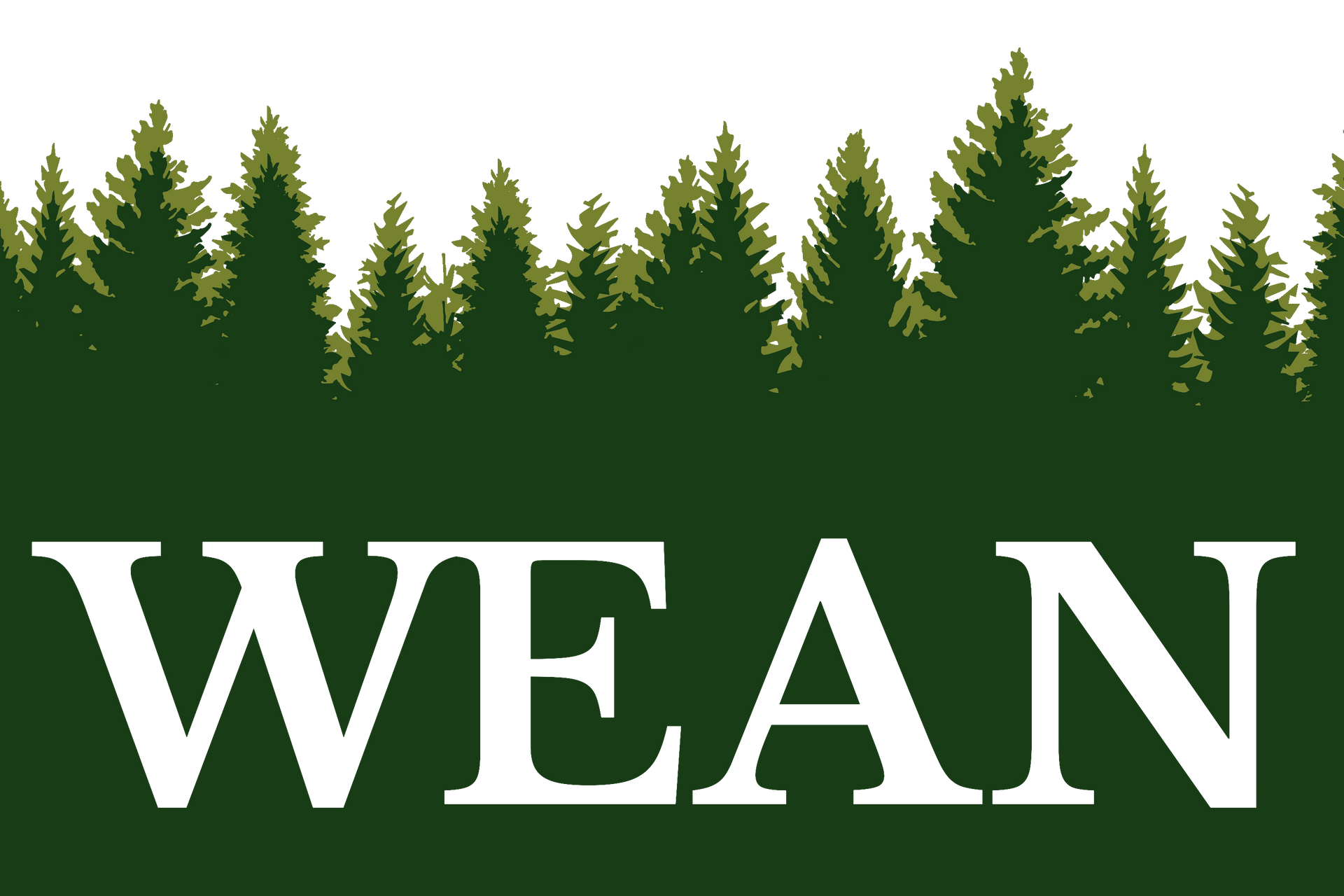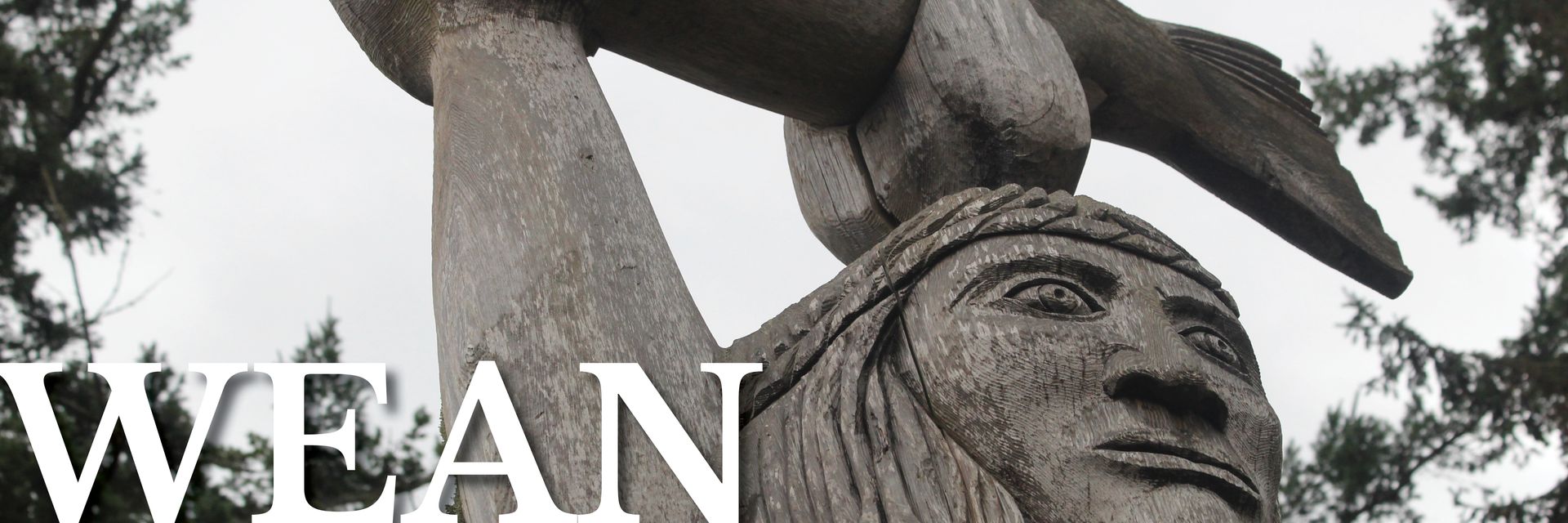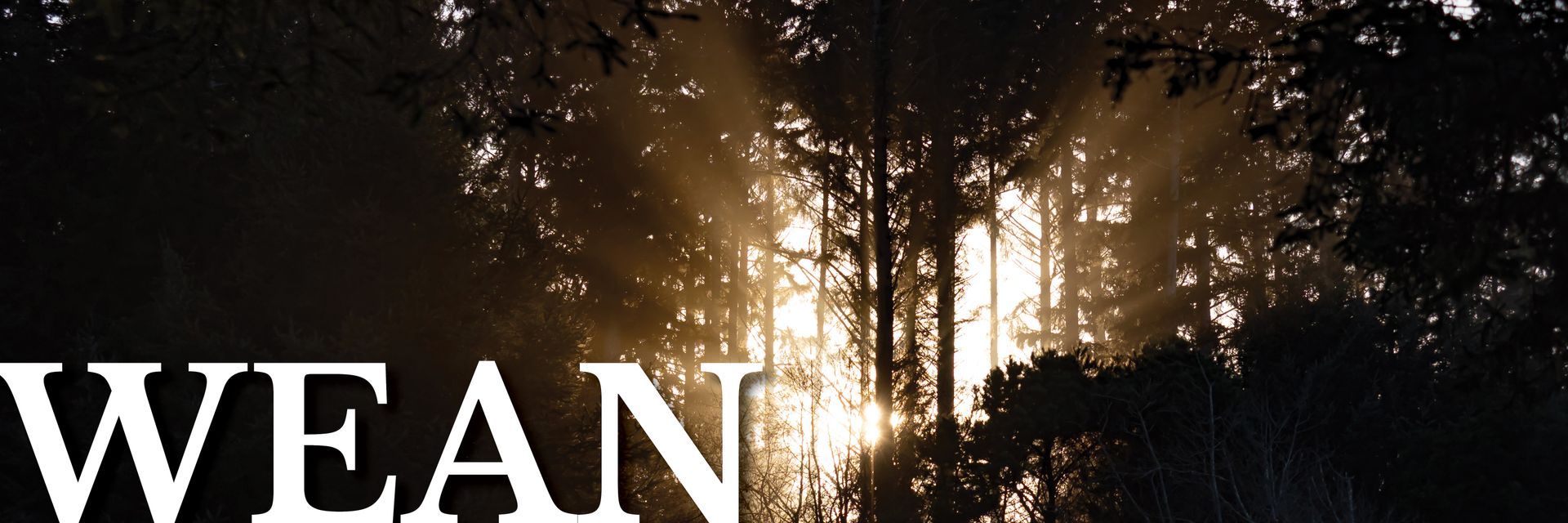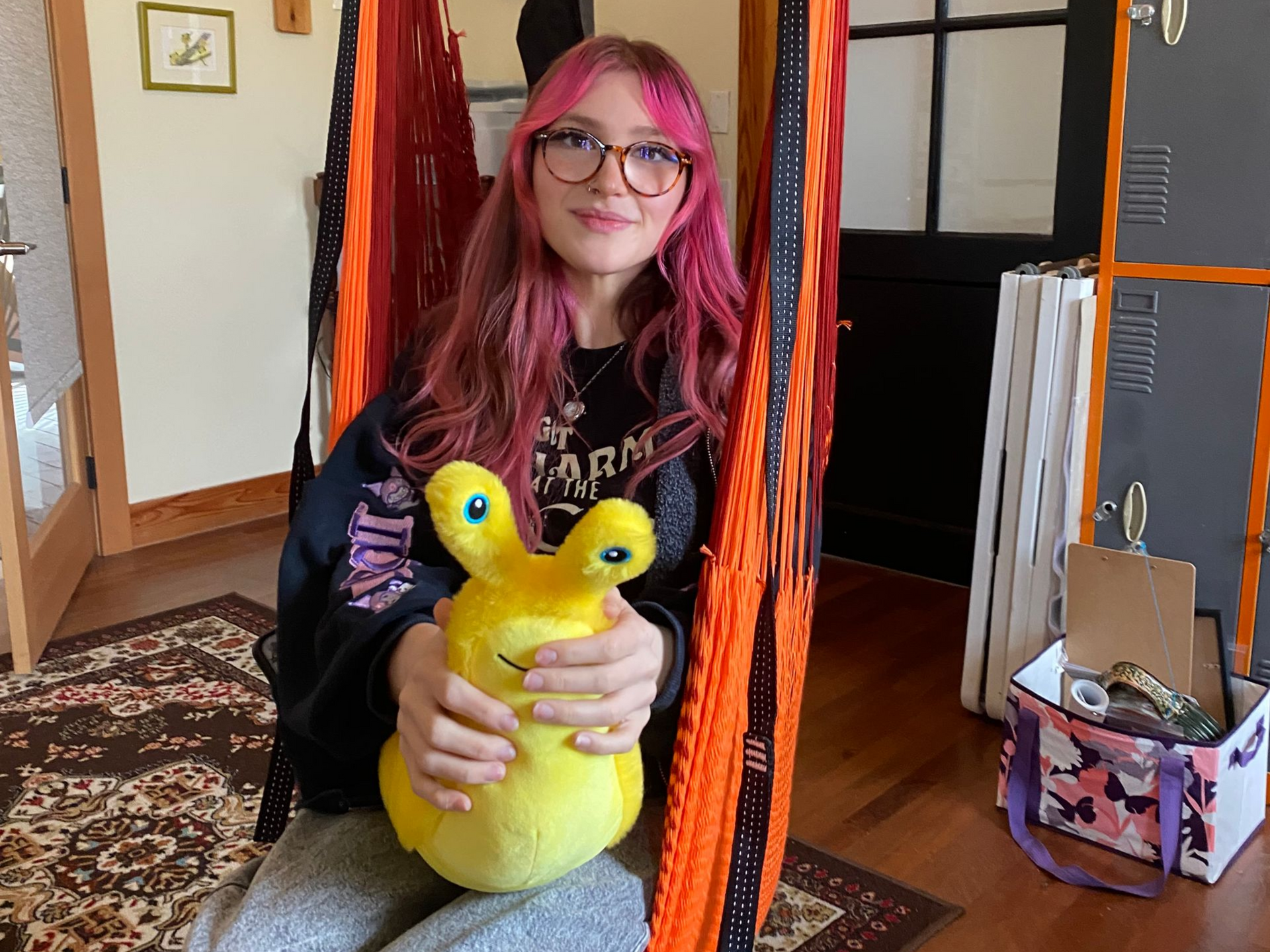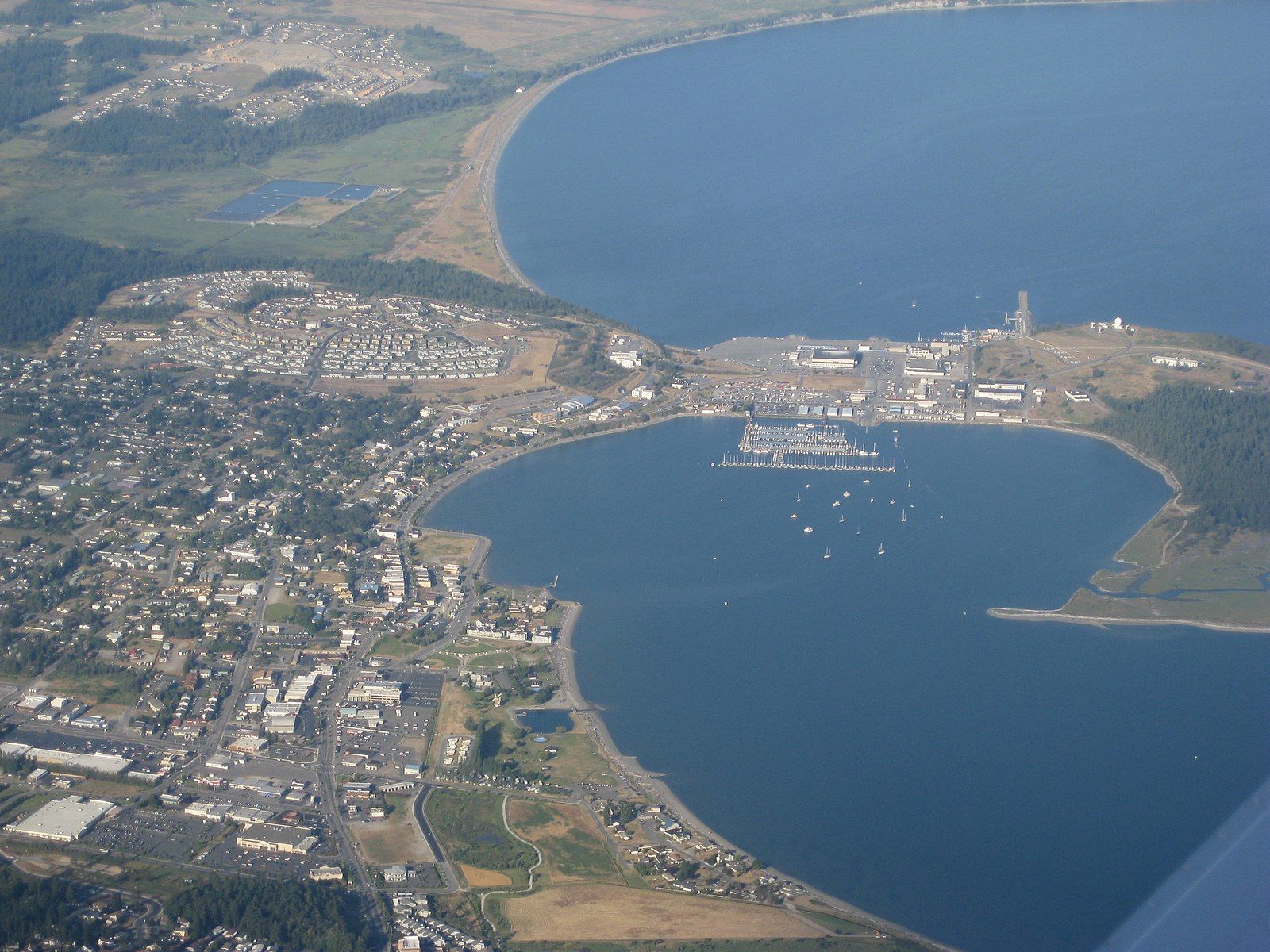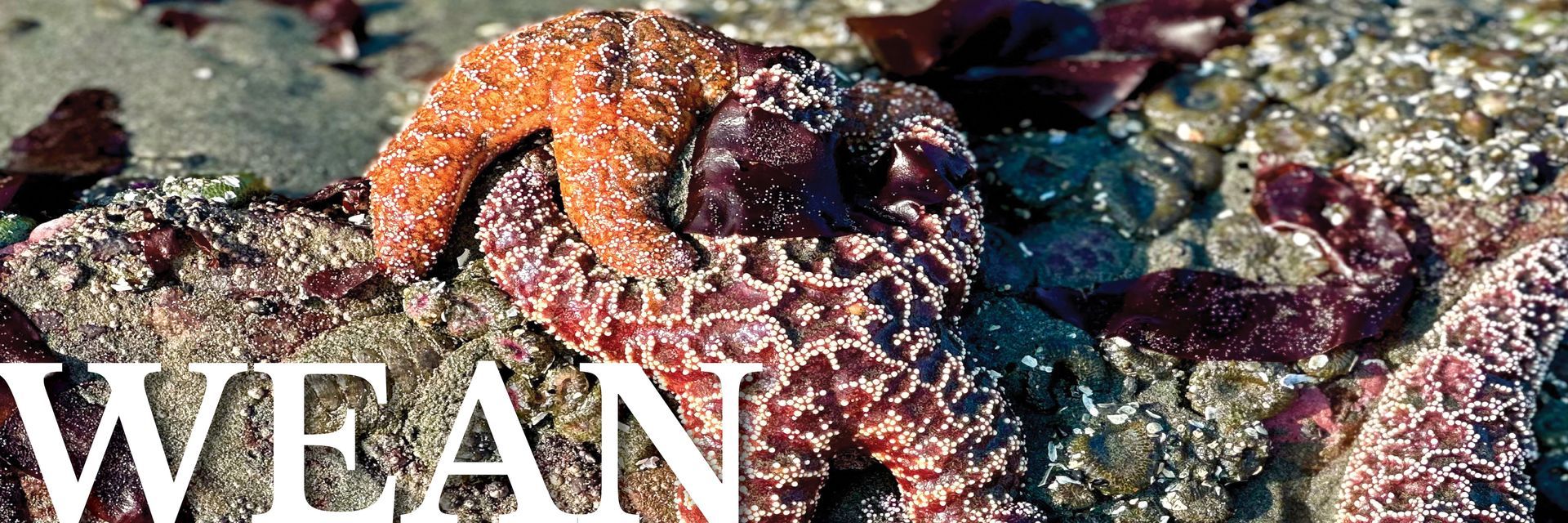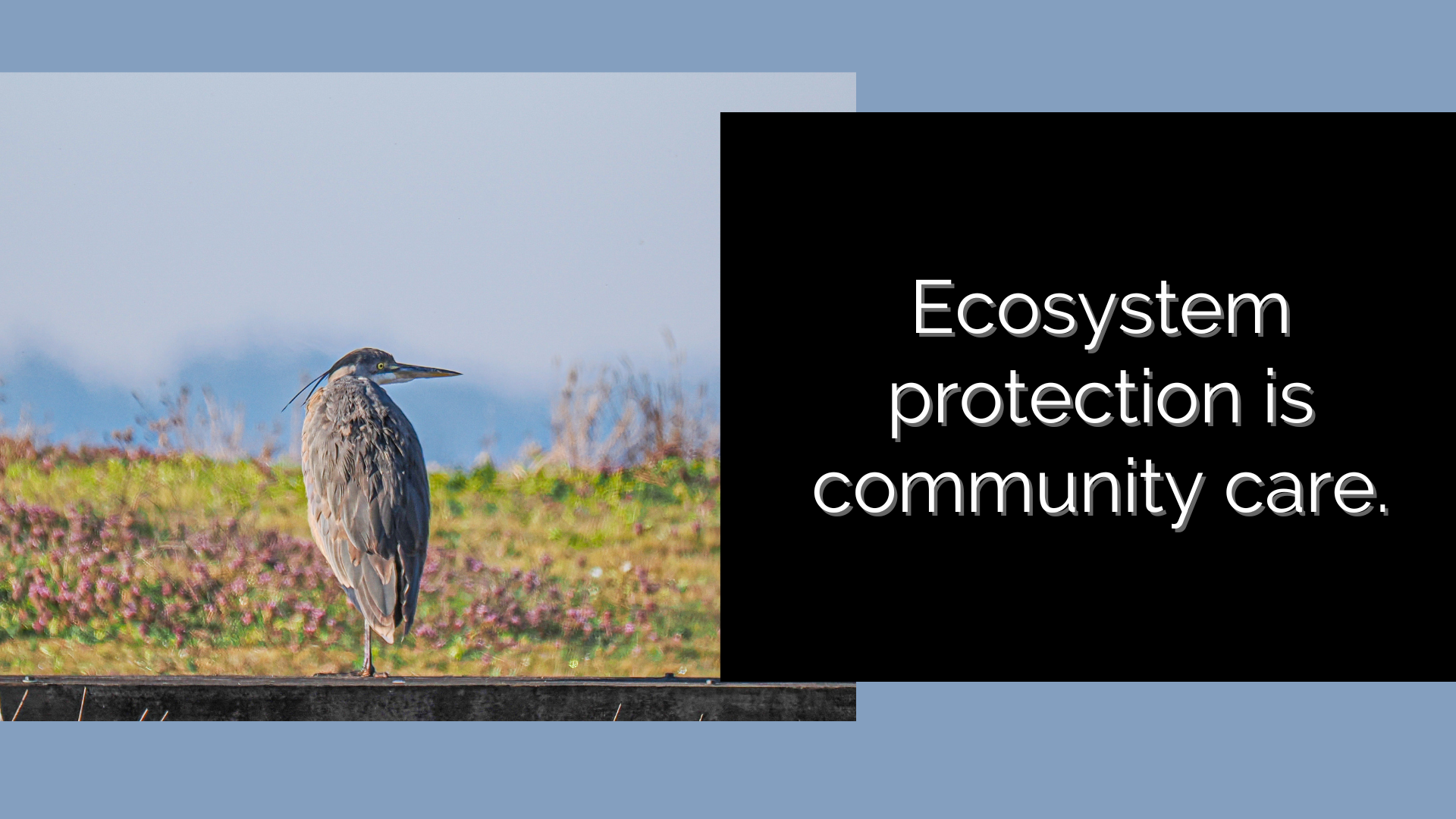Eleven ideas for alleviating housing shortage from WEAN founder Marianne Edain
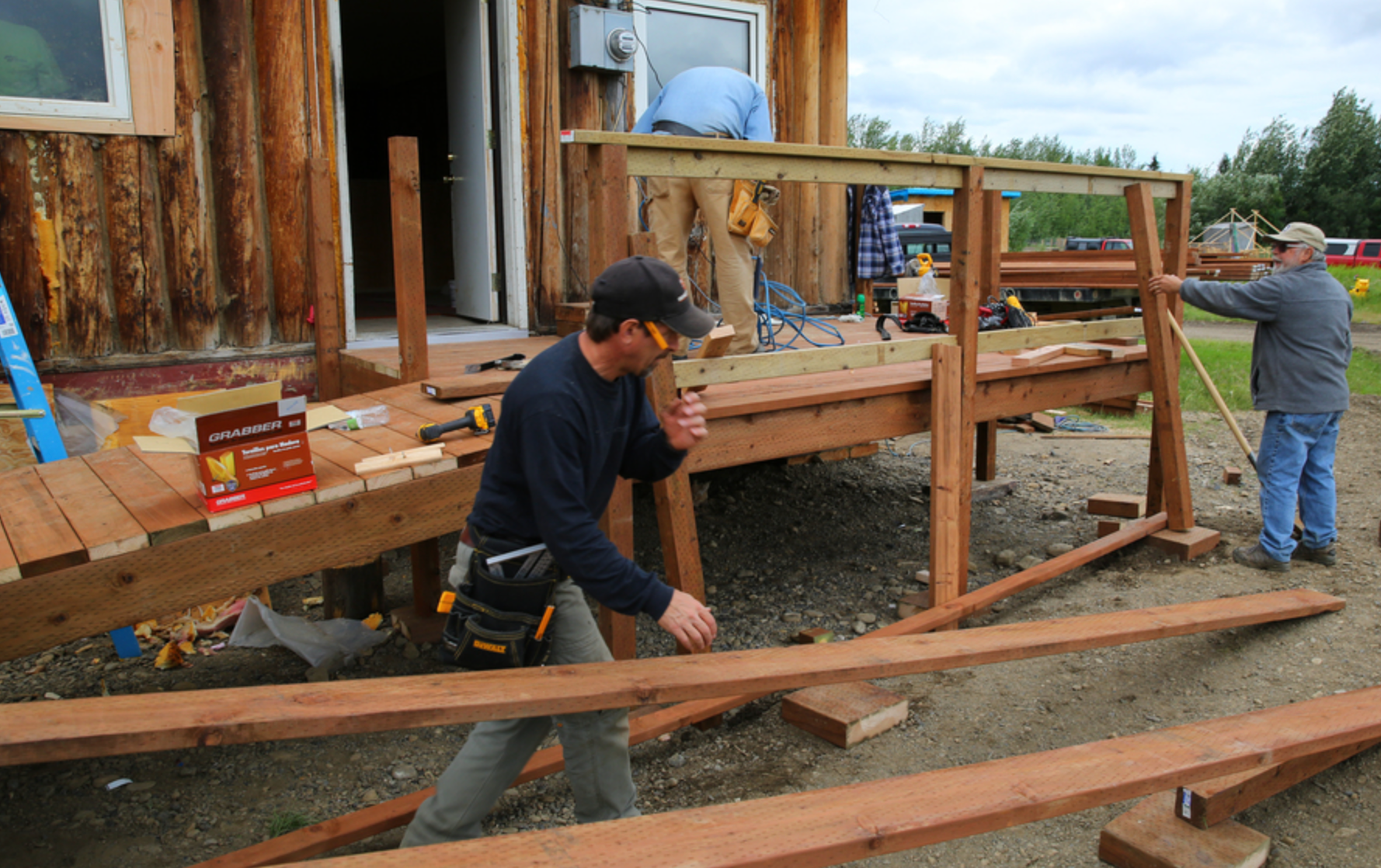
There is no single silver bullet to solve all the problems of affordable housing. Following are a number of specific actions which will work in that direction for different groups of people.
1. Hearts & Hammers – This program, as currently constituted, collects funds and materials throughout the year, then recruits volunteers for a one day massive work party at the homes of chosen recipients. At present this is strictly a grass roots local initiative. It is spreading to other areas, but by its nature is limited. It supports only those people who own their homes and are not able to do necessary maintenance to continue in their homes. It organizes annual work days during which teams of volunteers do major (and sometimes minor) work on the homes of people who can’t do it themselves. It serves a critically important function for this particular demographic. It should definitely be supported and expanded.
2. Rental hearts & hammers - There is another fairly large group of homes: rentals, owned by people not able to maintain them properly, which become uninhabitable as a result. Often these are homes inherited when parents die, and are not in such great shape to start with. Often the owners are unfamiliar with the business of renting out a property, which results in problems. Many of these have been destroyed by tenants. The owners simply don’t have the funds to restore/rehab such places so they fall even further into disrepair, becoming uninhabitable health hazards and eyesores.
I propose either a subset of Hearts and Hammers or a new organization set up to deal with this problem. The model would be that the organization repairs/restores the rental, keeping track of its costs. The owner enters into an agreement with the organization, to rent out the restored home at an affordable below-market rate, and to repay the costs of repair out of the rent. It might take several years to repay the repair, but eventually the owner would begin to receive income beyond just covering tax and insurance from the rental, and it would provide a safe and affordable home to a tenant.
It might be reasonable for such an organization to take over management of restored homes, vetting prospective tenants and collecting rent.
With luck there should be relatively small initial cost. As each home is restored and rented, the organization begins to receive reimbursements, which then get rolled over to the next project.
3. foreclosures – Nearly every week there are notices of auctions of foreclosed properties. Some of the outstanding balances are far too high for this, but some are as low as $50k. The object would be to make arrangements with the foreclosed owner and/or the lender to pay off the outstanding balance. The home is then inspected and any problems repaired. There would have to be a housing land trust to do all of this. The trust would retain ownership of the underlying land and sell the house at an affordable rate to a qualified purchaser. The proceeds would then be rolled over for the next purchase. It would be well to create a relationship with a Credit Union to lend the funds to the purchaser, with the land trust expediting the loan.
4. campgrounds – Once South Whidbey State Park had a campground. That was closed because it became hazardous to health and safety as trees began to come down. South Whidbey Parks & Rec purchased land, held public meetings, hired designers, was all set to go – and then nothing. While completion of that campground will not directly provide long term housing, it will provide an alternative to very expensive accommodations for tourists, who in turn spend their money on the island, improving the local economy. It might be reasonable in the less-than-prime season, to set aside a number of campsites for longer term use.
5. long term supported campgrounds – This is focused on people currently sleeping in their cars or in the woods. The idea is to create a campground at which campers are able to sleep safely in their cars, in tents, in campers, travel trailers, school buses, whatever imaginative shelter they can provide themselves. Each campsite would have a lockable storage shed. There would be a commons house which would provide toilets, showers, laundry, cooking facilities, food storage spaces, internet access, “lounge” space, and a site manager who should be able to help campers with at least some problems. Many homeless people actually have jobs. Such a space would allow them to sleep safely, be able to make themselves presentable, focus on their work, and be able to set aside small sums to be able to upgrade their campsite space. From a tent they might upgrade to a camper van. Eventually they might then upgrade to a travel trailer. As they gain security, campers may graduate to the next level.
6. motor home/ trailer park after campground – This would be something like the classic trailer park, but with environmentally designed water, power, and sewage systems, and with social support. Tenants would not own the units, but would rent them at a subsidized rate. The units would not be the typical double wide but rather smaller trailers and/or motor homes. The intent would be for those tenants to save enough to be able to rent in the broader market.
7. large home design for subdivision – People have been building and continue to build ridiculously outsized houses, ranging generally from 3000 to 5000 sq ft. Eventually many of these owners discover that they are not able to maintain such a large space. This proposal is to specify that the design of all such outsized houses be required to incorporate the ability at some future date to subdivide them into 2 or 3 independent units.
8. WISH – +/- 20 years ago I proposed to various parties that this program be instituted. Island County Senior Services took up the challenge, and Whidbey Island Share a Home was created. It required a single paid staff person. Owners (usually widows) of those large homes would come to WISH to ask to be paired with someone(s) willing and able to share the space in exchange for rent, performance of various chores, etc. The program seemed to be going well – until it simply stopped. I heard that at least some of the homeowners had unrealistic expectations of their tenants/home partners. Surely this problem can be addressed and overcome. The staff person did interviews with owners and potential tenants, ran background checks, arranged for the parties to meet and spend time together to decide if they were compatible, and did follow-up check-ins to see all was going well.
9. Upper Langley – This has turned out to be a spectacularly successful model. There are 30 2000 sq ft lots clustered in one corner of 10 acres. All the lots are sold and many of the houses, limited to <1000 sq ft, have been built and are occupied. There are provisions for communal garden space and orchard, among other things. There is a commons house for larger events. There are income qualification requirements to buy in. While houses can be sold, there are limits on how much can be charged, thus keeping the community affordable. Consultation with Cary Peterson, the driver behind Upper Langley, would be time well spent.
10. Habitat for Humanity - a long standing organization, which has finally realized that unless they maintain ownership of the underlying land, the houses they build will simply be sold into the market-rate housing market, losing all that volunteer equity. This argues for having larger housing land trusts to accept ownership and management of the underlying land under many of the models described above.
11. Performance based building code standards. At present the Island County Code makes it illegal to live in anything but a Code Compliant house. The reality on the ground is (and has been for many decades) that people are living in the woods in vans, buses, tipis, yurts, travel trailers, and other imaginative shelters. All of these are illegal, placing huge burdens on the residents and causing problems with Island County. I propose a performance based alternative. All such residents would be required to meet the following:
1. demonstrate right to be on the property in question – either as owner or with permission of owner.
2. demonstrate functional system for safe disposal of solid waste. Not necessarily a septic system, but whatever system, it must be effective.
3. demonstrate source of potable water. This could be a well, a line from a neighbor, or even hauling in. If hauled, there would have to be demonstration of a functional vehicle to do the hauling, and clean containers.
4. demonstrate means to cook food, heat and light the space safely.
5. if there are utilities (electricity/gas) demonstrate that they are safely installed.
6. demonstrate that the structure will not collapse and kill its inhabitant(s).
If these standards were combined with helpful staff rather than inspectors intent on evicting residents, people could be helped to improve their backwoods situations and would lose their fear of discovery. All this one takes is an amendment to Island County Code. In a recent conversation with County Commissioner Melanie Bacon, she informed me that in light of the housing crisis, those rules against alternative housing structures were not being enforced. That is not enough. People need to be able to live openly, without having to skulk about or worry who may come to visit.
There are more potential solutions out there which do not rely on easing regulatory requirements for developers. There needs to be major discussion about introducing and implementing such alternatives.
